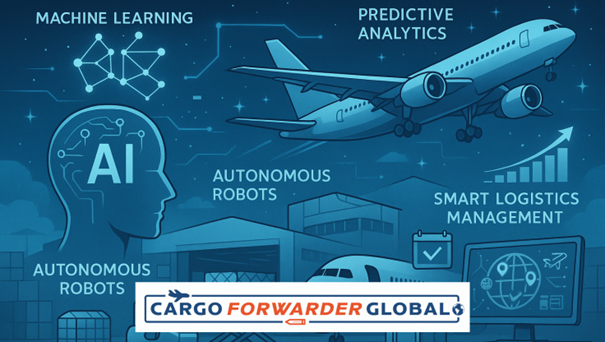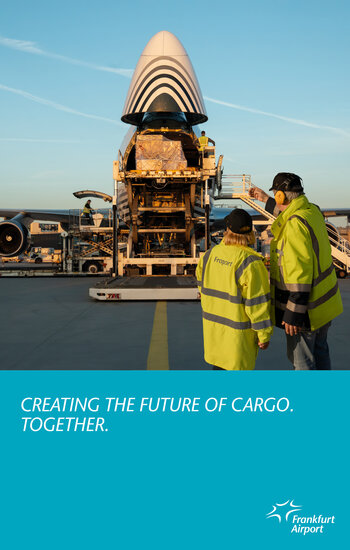At Transport Logistic 2025, the logistics industry presented itself as digital, efficient – and ready to invest. One trend stood out clearly: Artificial Intelligence. But in times of economic uncertainty, how wise is the push towards AI?
Despite ongoing geopolitical tensions and a slowing global trade environment, parts of the logistics sector are pushing ahead undeterred. Artificial intelligence has been the star of the show – something the industry has been talking about for over 20 years under the mantra “the future is digital”. Yet the question remains: Is this AI-driven future economically sustainable?

AI as a Driver of Innovation
Many companies revealed their latest AI-powered solutions for air cargo at this year’s trade fair in Munich – from automated loading systems and smart risk assessments to autonomous control technologies. The clear message: those who invest today will be competitive tomorrow.
Still, a critical view is needed. With stagnant demand and high investment risks, it’s important to ask whether these large-scale AI investments are a real path out of crisis – or whether some companies risk digitalizing without ever seeing a return.
Government Support for Digitalization
Federal Transport Minister, Patrick Schnieder highlighted the importance of digitalization for the logistics industry’s future in his opening speech: “We must seize the opportunities of digitalization. Together, we want to shape logistics that is future-proof, digital, and climate-friendly.” The government is backing this push by funding digital infrastructure and working to reduce bureaucracy to ease the transformation.
Balancing Innovation and Reality
While the technology is impressive, not every AI investment will pay off quickly. Medium-sized air cargo companies face the challenge of balancing innovation pressure with economic sense. The market situation remains tough:
Global cargo volumes aren’t growing as fast as digital adoption, and air freight from China is stagnating or shrinking due to geopolitical issues and supply chain disruptions. Meanwhile, political calls for digital transformation, backed by funding programs, increase the pressure on decision-makers.
Location costs in air transport also remain a major competitive factor. Though there are ideas to reduce taxes and fees, progress is slow.
What use is technological edge if freight volumes don’t cover the costs?
A Future Full of Questions
Transport Logistic 2025 showed that AI has arrived – both as a technology and as a topic. But it’s not a cure-all. Many air cargo companies find themselves at a crossroads between economic reality and digital ambition. Innovation is essential, but whether AI alone will lead the way remains to be seen. Used wisely, AI can streamline processes and open new market opportunities. Yet in a fragile economic environment, caution is just as important as vision.




